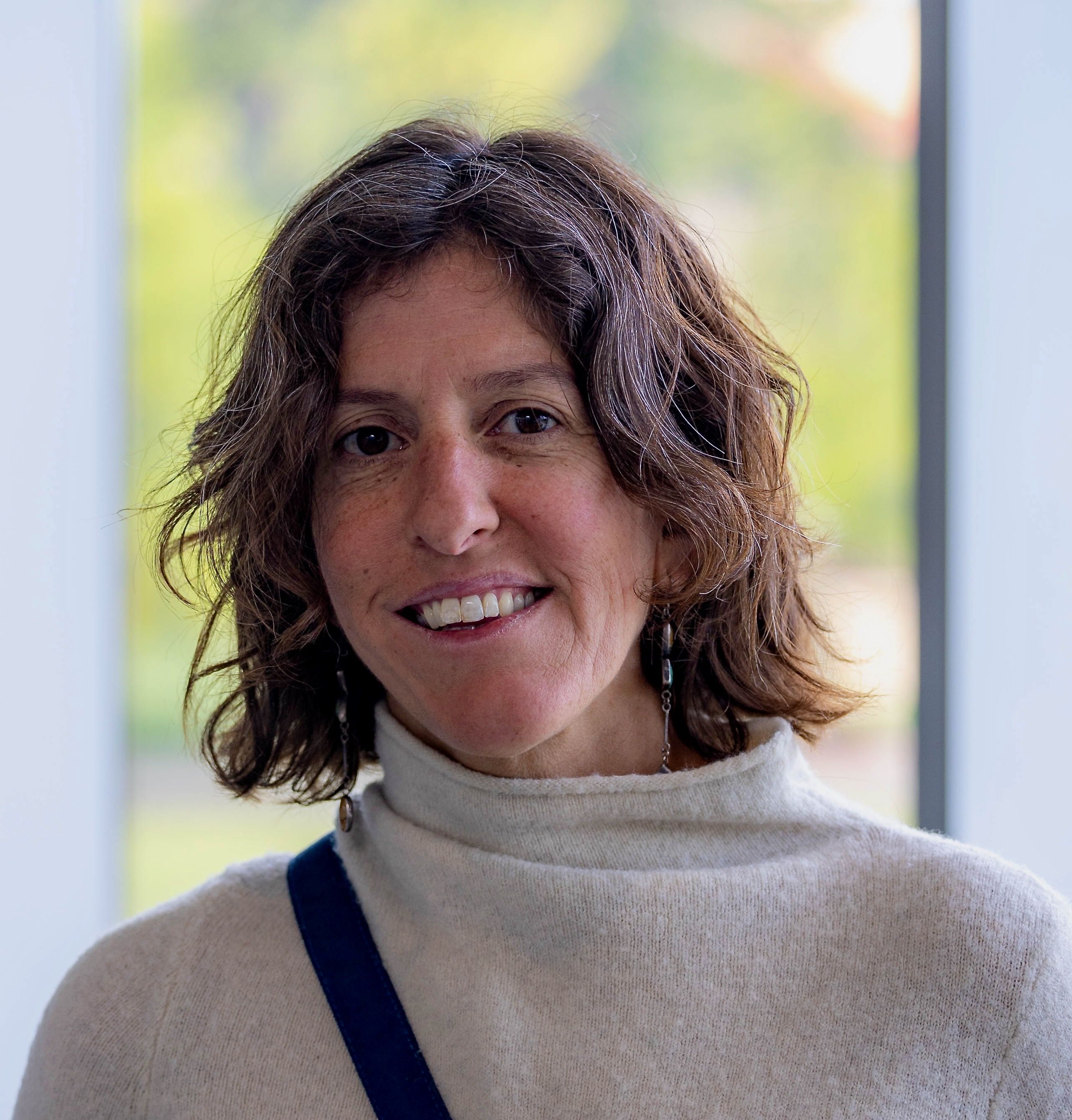Geophysics for discovering new horizons in critical zone science
OR
SEG members, view the course for free!
Format: Virtual Webinar. 45 min. presentation followed by 15 min. Q&A
An optional post-lecture workshop will immediately follow each lecture for expanded Q&A and networking
Session 1, Monday, Sep 30, 2024, 12 pm to 1 pm US Central Time
Session 2, Tuesday, Nov 19, 2024, 8 am to 9 am US Central Time
SEG Members Free Access Details
Two live sessions are completed. Please scroll down to watch the videos from the recordings below. SEG members, view the course for free!
Abstract
Earth’s “critical zone”, the zone of the planet from treetops to base of groundwater, is critical because it is a sensitive region, open to impacts from human activities, while providing water necessary for human consumption and food production. Quantifying water movement and stores in the subsurface is fundamental to predicting how water-driven critical zone (CZ) processes will respond to changes in climate and human perturbation. While shallow soils and above-ground parts of the CZ can be easy to instrument and explore, the deeper parts of the CZ—through the soils and into rock—are harder to access, leaving many open questions about the role of water in this environment. Here, we will explore the role of geophysics as a “macroscope” for providing information on a number of key CZ properties and processes: developing links between tree-water use and subsurface water stores, exploring controls on water infiltration and exchanges in 3-D, constraining geochemical reactions, and testing hypotheses about subsurface weathering and the subsequent controls on CZ processes. Geophysical tools are central to the quantitative study of processes where we don't have easy access for observation.

Your Instructor

Dr. Kamini Singha is a University Distinguished Professor and the Associate Dean of Earth and Society Programs at the Colorado School of Mines. Her research interests are focused in hydrogeology and environmental geophysics. Dr. Singha is an award-winning teacher, a recipient of a U.S. National Science Foundation CAREER award and the Early Career Award from the Society of Environmental and Engineering Geophysics, a Geological Society of America Fellow, and a former Fulbright Scholar. She served as the U.S. National Groundwater Association's Darcy Lecturer in 2017 and was the AGU Witherspoon Lecturer in 2022. She earned her B.S. in geophysics from the University of Connecticut and her Ph.D., in hydrogeology, from Stanford University.
